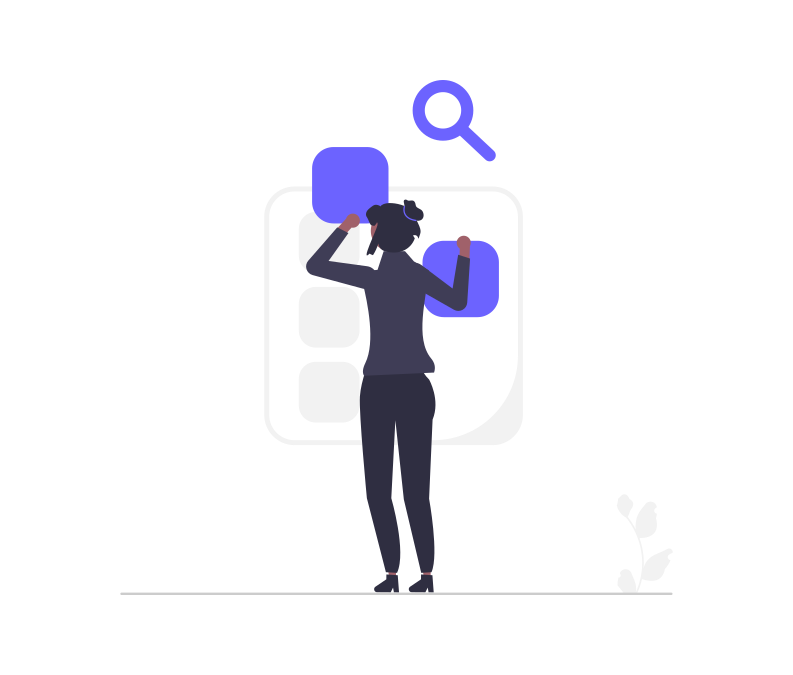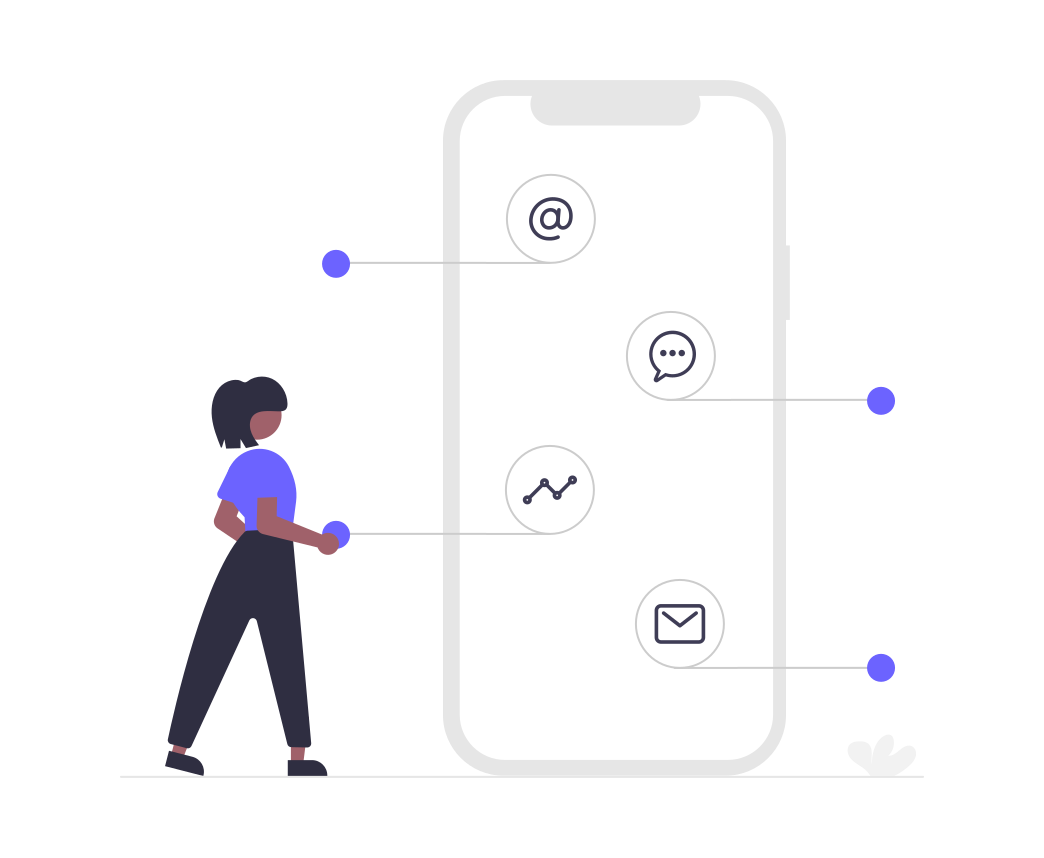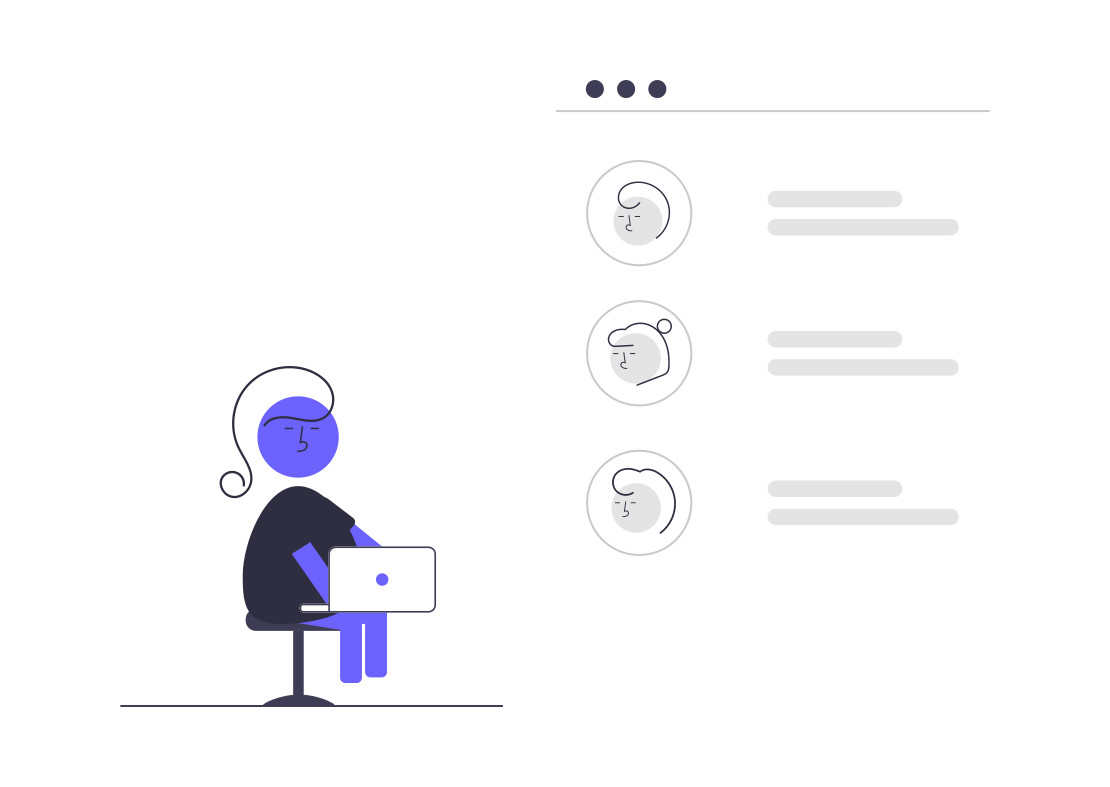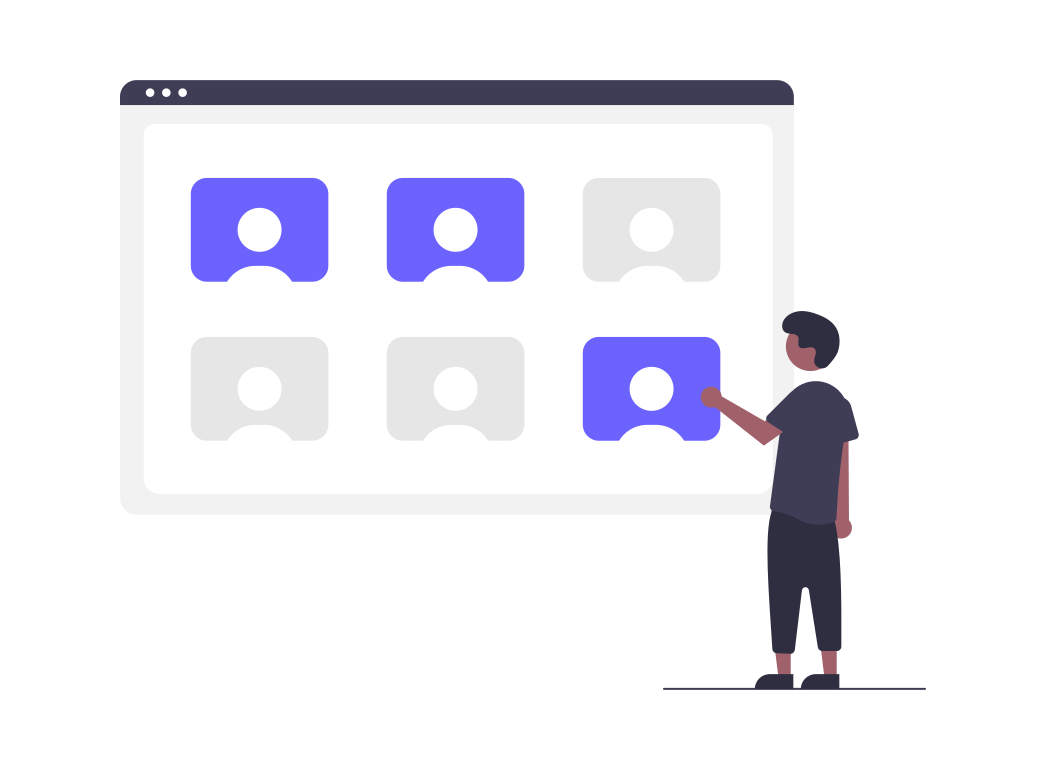Mastering Twitter Automation: Tools, Strategies, and Best Practices for 2024
In the dynamic world of social media, Twitter automation has become a pivotal component for marketers and businesses. As we embrace 2024, the reliance on Twitter automation tools for effective social media management is more evident than ever. These tools are not just about simplifying processes; they're revolutionizing the way we engage and interact on Twitter. This article delves into the realm of Twitter automation, exploring its features, benefits, and the leading tools that are shaping digital marketing strategies today.
Personalize Your Twitter Strategy with Advanced Automation Features
Best Twitter Automation Tools in 2024
In the ever-evolving landscape of social media marketing, Twitter remains a key platform for engagement and outreach. As we step into 2024, the reliance on automation tools for managing Twitter activities has become more pronounced than ever. These tools not only streamline processes but also enhance the effectiveness of Twitter strategies. Here are some of the top Twitter automation tools that have been making waves in 2024:
a. Twitonomy: Twitonomy has emerged as a powerhouse in Twitter analytics and automation. Its ability to provide detailed insights into follower demographics, tweet history, and engagement patterns makes it a favorite among marketers. Key features include tracking of retweets, mentions, and hashtags, which are invaluable for understanding audience engagement. Its user-friendly dashboard also offers easy-to-understand analytics, making it suitable for both beginners and experienced marketers.
b. Buffer: Known for its simplicity and effectiveness, Buffer continues to be a go-to tool for scheduling tweets. Its intuitive interface allows for easy planning and posting of content across multiple Twitter accounts. A standout feature is its "Optimal Timing Tool," which suggests the best times to post based on audience engagement patterns. This tool is ideal for small businesses and individuals looking to maintain a consistent Twitter presence without spending hours on the platform.
c. Hootsuite: Hootsuite remains a top choice for comprehensive social media management, offering extensive features for Twitter automation. Its ability to monitor multiple streams, such as your tweets, mentions, and messages, in a single dashboard, is highly appreciated by businesses with significant Twitter activity. Additionally, Hootsuite’s advanced analytics provide deeper insights into campaign performance and audience behavior. This tool is particularly suitable for larger businesses and agencies requiring a robust social media management solution.
d. SocialOomph: Specializing in Twitter automation, SocialOomph offers unique features like keyword tracking, which allows users to monitor and automatically respond to tweets containing specific keywords. This is particularly useful for customer service and engagement. Its advanced scheduling options also enable users to automate almost every aspect of their Twitter strategy, making it a great tool for those who need to manage large-scale Twitter operations efficiently.

Enhancing Marketing with Twitter Automation
Twitter automation has become an indispensable tool in the arsenal of modern marketers. By leveraging automation, businesses can not only streamline their Twitter marketing strategies but also significantly enhance their engagement and reach. Here's how Twitter automation is reshaping marketing efforts:
Streamlining Marketing Strategies: Automation tools enable businesses to schedule posts in advance, ensuring a consistent and timely presence on Twitter without the need for constant manual input. This is particularly beneficial for international campaigns where time zones vary. Additionally, these tools can automatically curate content based on set parameters, reducing the time spent on content creation. For instance, a tool might pull in relevant industry news or user-generated content, keeping the Twitter feed fresh and relevant.
Improving Engagement and Reach: Automation tools can analyze engagement patterns and optimize posting schedules for maximum impact. They can identify peak engagement times, ensuring that tweets reach the largest possible audience. Furthermore, some automation tools can interact with users by liking, retweeting, or responding to tweets based on predefined criteria. This automated interaction, when used judiciously, can boost engagement rates significantly.

Features of Twitter Automation Tools
Twitter automation tools come packed with a range of features designed to enhance user experience and efficacy in social media management. Key features like scheduling, analytics, and content generation serve as the backbone of these tools, providing significant benefits to users. Let's delve into these features and how they can be maximized for optimal results:
Scheduling: This feature allows users to plan and schedule their tweets in advance. It's especially useful for maintaining a consistent online presence, even during off-hours or while on vacation. Scheduling ensures that your audience receives regular updates, keeping them engaged with your brand. To maximize this feature, users should analyze when their audience is most active and schedule posts accordingly. Tools like Buffer and Hootsuite provide insights into optimal posting times for higher engagement.
Analytics: Analytics play a crucial role in understanding audience behavior and campaign performance. These insights include data on engagement rates, follower growth, and the best-performing content. By leveraging analytics, users can refine their Twitter strategy to better align with audience preferences and improve ROI. To make the most of analytics, regularly review your performance metrics and use these insights to tweak your content strategy. For example, if video tweets perform better, consider increasing video content in your posting schedule.
Content Generation: Some advanced automation tools offer content generation features, which can propose or even create content based on trending topics, hashtags, and user behavior. This feature is a boon for maintaining a lively and relevant Twitter feed. To effectively use this feature, set clear parameters that align with your brand voice and audience interests. This ensures the generated content resonates with your followers and reflects your brand identity.
Tips for Maximizing Use:
Balance Automation with Personalization: While automation saves time, personalizing your tweets adds a human touch. Use automation for routine posts and dedicate time to crafting personalized responses and engaging with your audience directly.
Regularly Update Scheduling Patterns: Audience behavior can change over time. Regularly review and update your scheduling patterns to ensure your content aligns with when your audience is most active.
Leverage Analytics for Continuous Improvement: Use the insights gained from analytics to continuously improve your content strategy. This iterative process helps in keeping your Twitter presence aligned with audience preferences and emerging trends.

Creating a Twitter Bot: A Guide
Twitter bots can range from simple automated accounts to more complex ones capable of interacting with users. Creating a basic Twitter bot involves several steps, along with considering legal and ethical implications. Here's a guide to creating your own Twitter bot:
Step-by-Step Guide:
Set Up a Twitter Account: Create a new Twitter account for your bot. This should be separate from your personal account to avoid any confusion.
Create a Developer Account: Apply for a Twitter developer account at developer.twitter.com. This gives you access to Twitter's API, which is necessary for building a bot.
Generate API Keys: Once approved, create an app in your developer account to obtain your API keys and access tokens. These are essential for programming your bot to interact with Twitter.
Choose a Programming Environment: Select a programming environment or language to write your bot. Python is a popular choice due to its simplicity and the availability of libraries like Tweepy, which simplifies interacting with the Twitter API.
Write the Bot Code: Using your chosen language and Twitter API keys, write the code for your bot. Your bot can be as simple as automatically tweeting at regular intervals or as complex as using algorithms to interact with users.
Test Your Bot: Before going live, thoroughly test your bot in various scenarios to ensure it behaves as expected and does not violate Twitter’s rules.

Pros and Cons of Twitter Automation
Twitter automation offers several benefits, but it also comes with potential drawbacks. Understanding these can help in creating a balanced and effective strategy.
Pros:
Time-Saving: One of the most significant advantages of Twitter automation is the time it saves. By scheduling posts in advance and automating repetitive tasks, users can focus on other important aspects of their business or marketing strategy.
Consistent Online Presence: Automation ensures a consistent presence on Twitter, essential for keeping the audience engaged and building a brand. Regular posting, even during off-hours, can be seamlessly managed.
Efficiency in Content Distribution: Automated tools can distribute content more efficiently, ensuring that posts are made at optimal times for maximum engagement.
Cons:
Risk of Spamming: Over-reliance on automation can lead to excessive posting or repetitive content, which might be perceived as spam by followers, potentially harming the brand reputation.
Loss of Personal Touch: Automation can sometimes result in a lack of personal engagement with the audience, making interactions seem less authentic.
Mitigating Risks:
To avoid spamming, set reasonable limits on the frequency of automated posts and monitor audience reactions to adjust accordingly.
Maintain a balance between automated content and personal interactions. Regularly interact with followers through replies, retweets, and personalized content to keep the human element alive.
Continuously monitor and tweak your automation strategy based on feedback and analytics to ensure that it aligns with your audience's preferences and behaviors.

Preserving Brand Identity with Automation
Maintaining authenticity while using Twitter automation is crucial for preserving a brand’s identity and trustworthiness. Automation, if not managed carefully, can detract from the genuine human interaction that audiences value. Here are key strategies to balance automation with authenticity:
Maintaining Authenticity: Authenticity is the cornerstone of brand identity. Automated content should feel as genuine and personalized as direct human interaction. This means avoiding generic responses and ensuring automated tweets align with the brand's tone and personality.
Balancing Automation with Human Interaction:
Personal Touch in Automated Content: Even automated posts can include a personal touch. Customize automated tweets with the brand’s unique voice, ensuring they resonate with the audience and reflect the brand's values and style.
Regular Human Engagement: Regularly monitor your Twitter feed and engage personally. Responding to comments, participating in conversations, and posting live updates can complement automated content, showing that there’s a real person behind the account.
Aligning Automated Content with Brand Voice:
Consistent Voice and Style: Ensure that automated content mirrors the style and tone used in manual posts. Consistency in language, humor, and messaging strengthens brand identity and fosters trust.
Relevant and Tailored Content: Use automation tools to segment audiences and tailor content to different groups. This targeted approach ensures that automated content is relevant and engaging to each segment.

FAQ
Got a question? We've got answers. If you have some other questions, see our support center.
👉 How Can Twitter Automation Enhance My Marketing Strategy?
👉 What Features Should I Look for in a Twitter Automation Tool?
👉 Is It Difficult to Create a Twitter Bot, and What Are the Key Steps?
👉 What Are the Pros and Cons of Using Twitter Automation?
Summary
Twitter automation stands as a cornerstone in today's fast-paced digital marketing world, offering unparalleled efficiency and strategic depth. From Twitonomy's detailed analytics to Buffer's optimal scheduling, each tool provides a unique approach to managing Twitter activities. Whether it's enhancing engagement, streamlining content distribution, or maintaining a consistent online presence, these automation tools are vital for adapting to the evolving demands of social media marketing. As we advance, the integration of these tools in Twitter strategies will continue to be crucial for businesses aiming to stay ahead in the digital landscape.